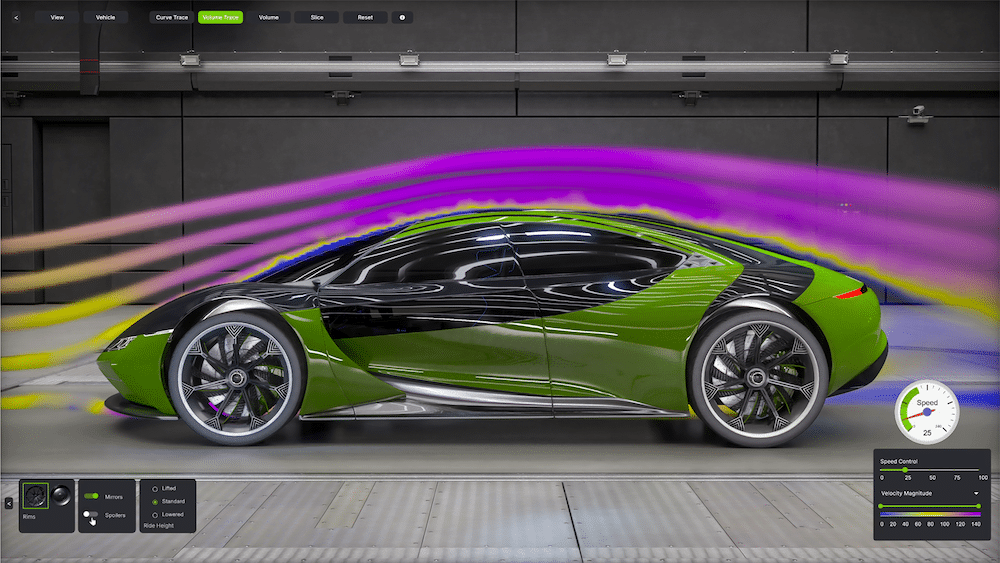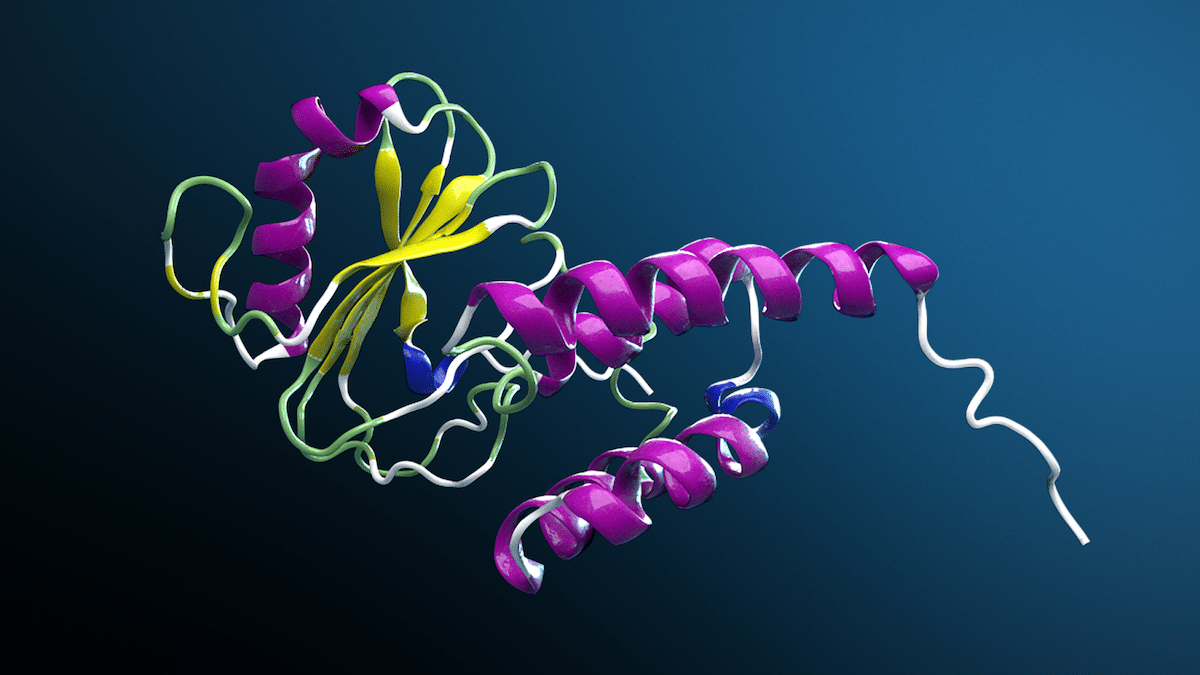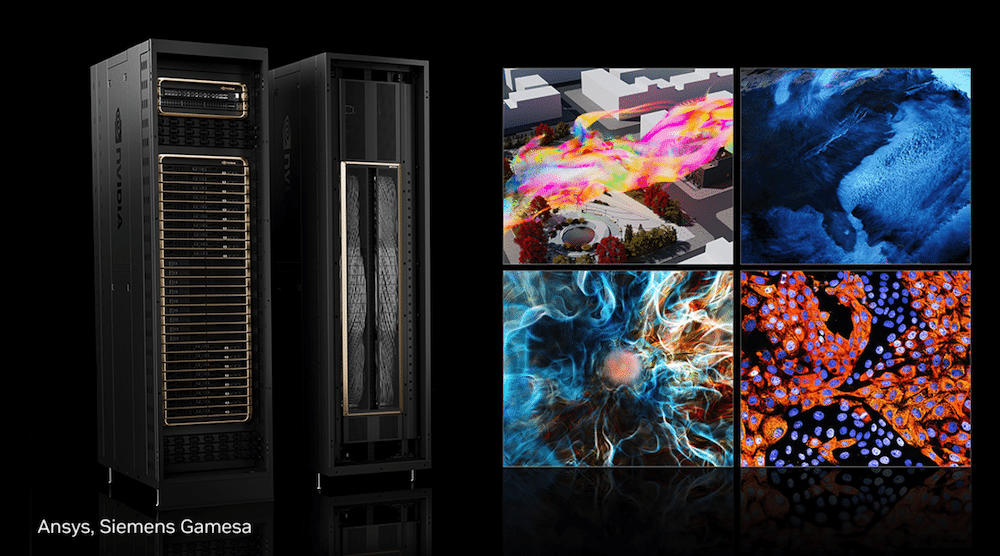NVIDIA made several announcements during Supercomputing 2024, showcasing innovative technologies and advancements in computational performance. These announcements included Omniverse Blueprint, Google Quantum AI, BioNeMo, NVIDIA cuPyNumeric, and Earth-2. Below is an overview of each technology.
Omniverse Blueprint
NVIDIA’s Omniverse Blueprint empowers software developers in aerospace, automotive, manufacturing, and energy industries to create real-time digital twins. This blueprint integrates NVIDIA acceleration libraries, physics-AI frameworks, and interactive rendering, enabling simulations up to 1,200x faster and real-time visualization.

An initial application of this technology involves computational fluid dynamics (CFD), where designs for vehicles and other products can be tested virtually in real-time. In collaboration with Luminary Cloud, NVIDIA demonstrated a virtual wind tunnel at SC24, enabling users to simulate fluid dynamics interactively.
The Omniverse Blueprint supports all major cloud platforms, including AWS, Google Cloud, Microsoft Azure, and Oracle Cloud Infrastructure. It is also available via NVIDIA DGX Cloud.
Google Quantum AI
In partnership with NVIDIA, Google Quantum AI advances quantum computing through simulations on the NVIDIA CUDA-Q platform and Eos supercomputer. These simulations help overcome the challenges of noise in quantum hardware, allowing researchers to scale designs efficiently. Leveraging 1,024 NVIDIA H100 GPUs, Google has achieved record-breaking simulations of 40 qubits, drastically reducing processing time.

The CUDA-Q platform will soon be available to the broader quantum computing community, enabling faster and more cost-effective quantum hardware development.
BioNeMo
The NVIDIA BioNeMo Framework revolutionizes drug discovery and molecular design with AI-powered tools. The platform integrates accelerated computing, AI models, and reference designs to streamline biopharma research. It includes microservices such as AlphaFold2, DiffDock 2.0, RFdiffusion, and ProteinMPNN, which improve protein structure prediction and molecule design efficiency.

NVIDIA BioNeMo is widely adopted by pharmaceutical companies, startups, and research institutions, with over 200 organizations integrating it into their workflows. The platform also supports NVIDIA NIM microservices and BioNeMo Blueprints, offering secure, scalable, and customizable solutions for drug discovery.
NVIDIA cuPyNumeric
NVIDIA cuPyNumeric benefits researchers analyzing complex datasets, from nanoscale electron behaviors to astronomical phenomena. This library enables Python-based workflows to scale effortlessly across CPUs, GPUs, and supercomputers.

The latest version supports NVIDIA GH200 Grace Hopper Superchip and HDF5, improving data management and memory scaling. Organizations like SLAC National Accelerator Laboratory and Stanford University have reported significant time savings, enhancing their research output.
Earth-2
Earth-2, NVIDIA’s digital twin platform for climate and weather simulations, leverages new NIM microservices to enhance modeling precision. Tools like CorrDiff and FourCastNet accelerate high-resolution climate predictions by up to 500x, addressing the challenges posed by extreme weather events.

CorrDiff super-resolves weather patterns at kilometer-scale resolution, while FourCastNet enables medium-range forecasts at unmatched speed. These tools help industries like insurance and meteorology better prepare for natural disasters.
NVIDIA’s innovations at SC24 highlight the company’s leadership in high-performance computing and AI-driven solutions. These technologies are transforming industries worldwide, from accelerating industrial workflows to advancing quantum computing and climate modeling.




 Amazon
Amazon